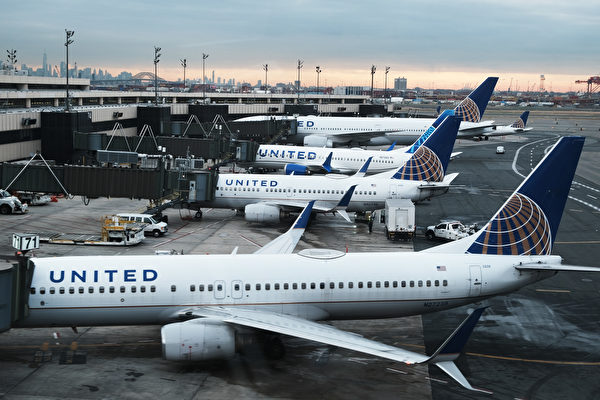On September 18, 2024, a senior executive from SpaceX, the US space exploration technology company, revealed on Tuesday that the number of orders for their “Starlink” in-flight Wi-Fi almost doubled following the announcement of the largest deal in the industry with United Airlines last week.
According to a report by CNBC, Nick Galano, the Director of Starlink Airline Sales and Partnerships at SpaceX, stated at a panel discussion during the World Space Business Week in Paris on Tuesday, “We’re very excited; we now have contracts for around 2500 aircraft.”
Galano further explained that this is essentially equivalent to the growth of a startup company. United Airlines believes that the demand for such customer experience is continuously increasing and resonating with passengers and airlines globally.
Before Galano disclosed the latest developments in SpaceX’s Starlink business, United Airlines announced last week that over a thousand of their aircraft would be equipped with Starlink services without charging passengers additional Wi-Fi fees.
Presently, United Airlines’ in-flight wireless services are provided by four Wi-Fi providers, including American-based Gogo, Japan’s Panasonic, France’s Thales, and US-based ViaSat. Each provider offers Wi-Fi services for different regions and aircraft types. The current Wi-Fi charges for United Airlines domestic and short-haul international flights range from $8 to $10, differing from their charges on other international routes.
With the introduction of Starlink services, United Airlines customers will soon enjoy high-speed internet in the air, similar to what they experience on the ground. Currently, other major US airlines are unable to provide such services, such as live TV streaming on seat-back screens and personal devices, access to social media, online shopping, gaming, and streaming media concurrently.
United Airlines aims to have Starlink installed on all their aircraft in the coming years. Testing is set to begin in early 2025, with the company expected to officially offer this service to passengers on flights later that same year.

